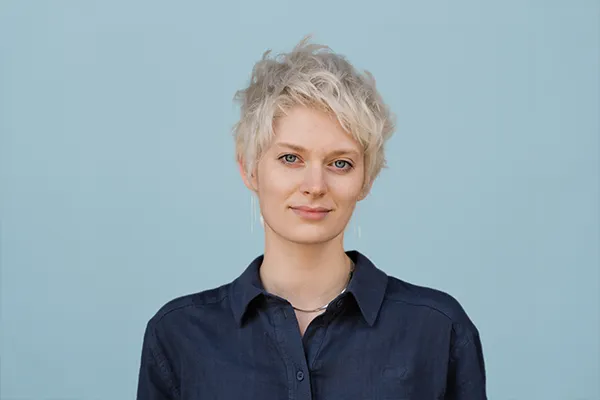Dynamic Vision in Natural Low Light Environments From Single Photons to Behaviour
Andrea Gonsek – Hector Fellow Awardee Anna Stöckl
Flying insects use visual information to control their flight. In nature, the visual scenery is highly complex, which poses a challenge for insect brains to extract relevant and reliable information. And yet, many animals master these challenges on a daily—and nightly—basis. Over the course of a single day, they face a wide range of light intensities from sunlight to starlight. Within a short moment, the light environment can rapidly change between celestial conditions or habitat types – and at night with artificial light. Insects are thus confronted with not only complex, but also dynamically changing information. How does the visual system adjust to these changes? What are the effects of light pollution?
To answer these questions, I study both sensory processing and behaviour, which influence each other reciprocally. Using the nocturnal elephant hawkmoth, I am disentangling this closed loop using three key-stages: (i) adaptive behaviour, (ii) natural inputs, and (iii) sensory processing. The first stage will reveal natural flight dynamics of the moths in different light levels and forms the basis for imaging natural visual scenes. Here, I will quantify the dynamics of natural visual environments from a flying moth’s perspective, and then measure how early visual neurons adjust to these spatiotemporal light variations. Finally, to close the loop from sensing to behaviour, I will use a computational model
to predict responses of downstream neurons that guide flight behaviour.

Andrea Gonsek
University of KonstanzBetreut durch

Anna Stöckl
Neuroscience, Biology

